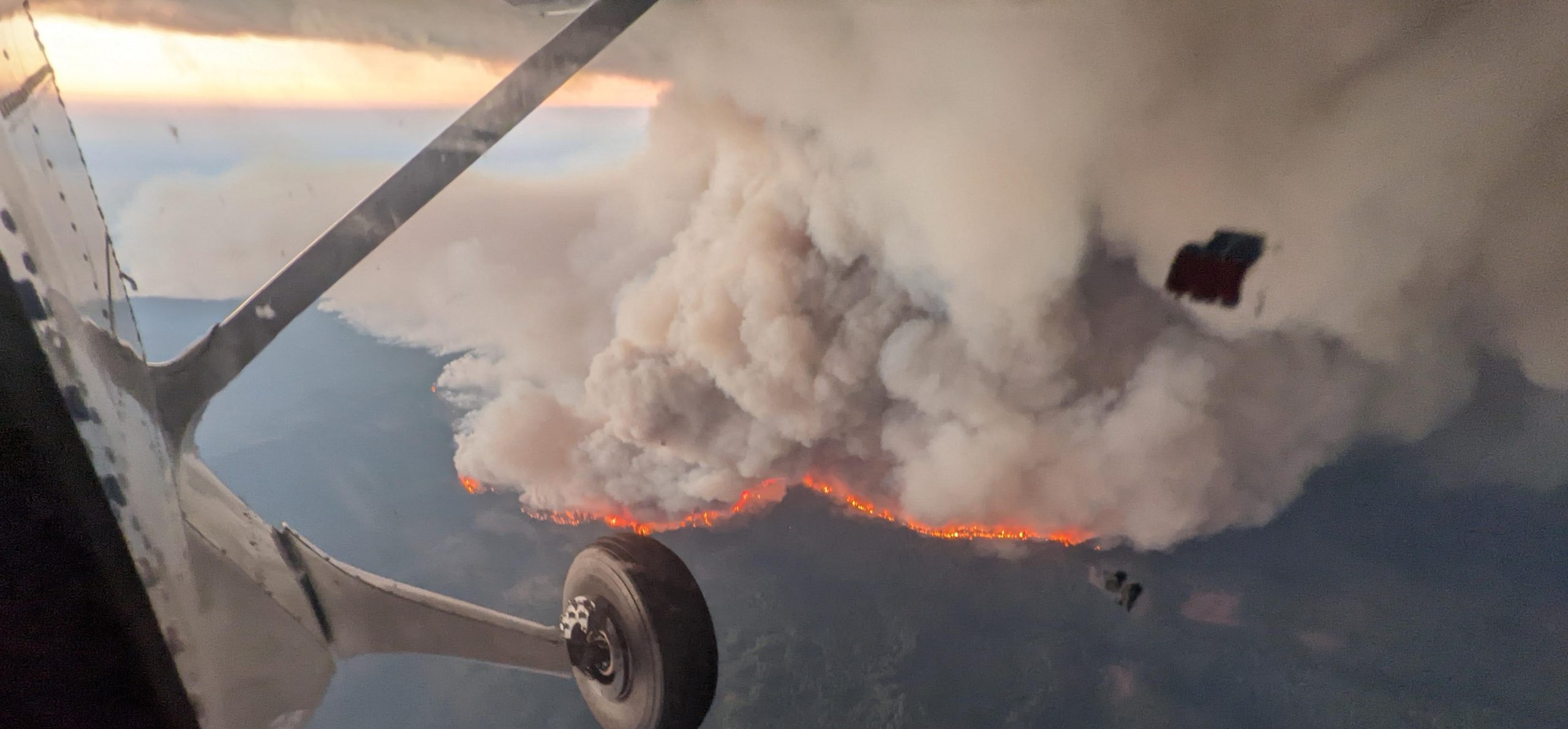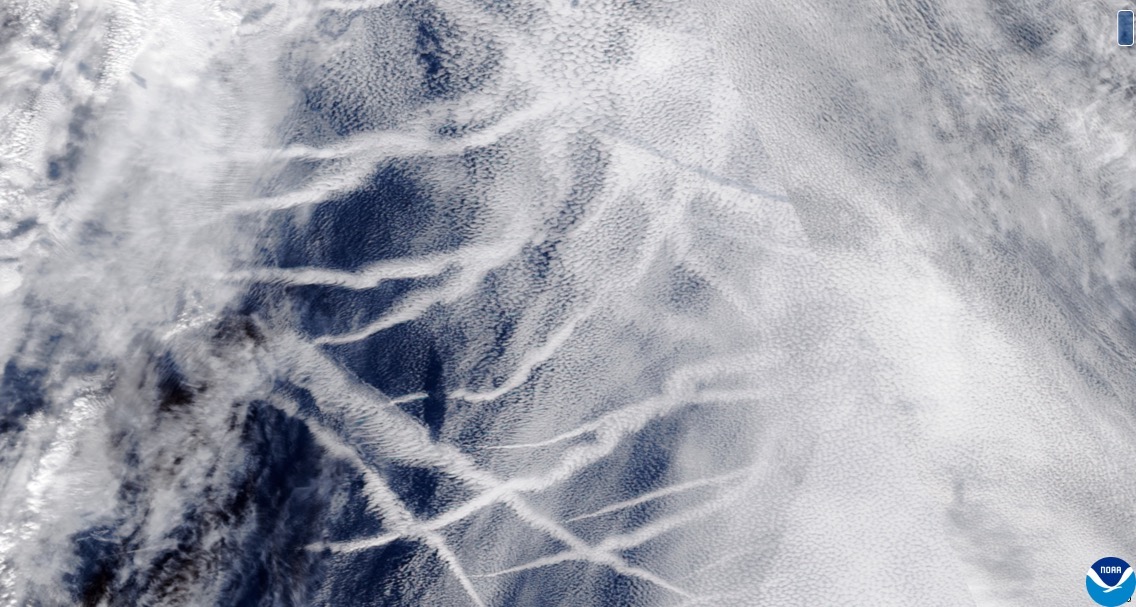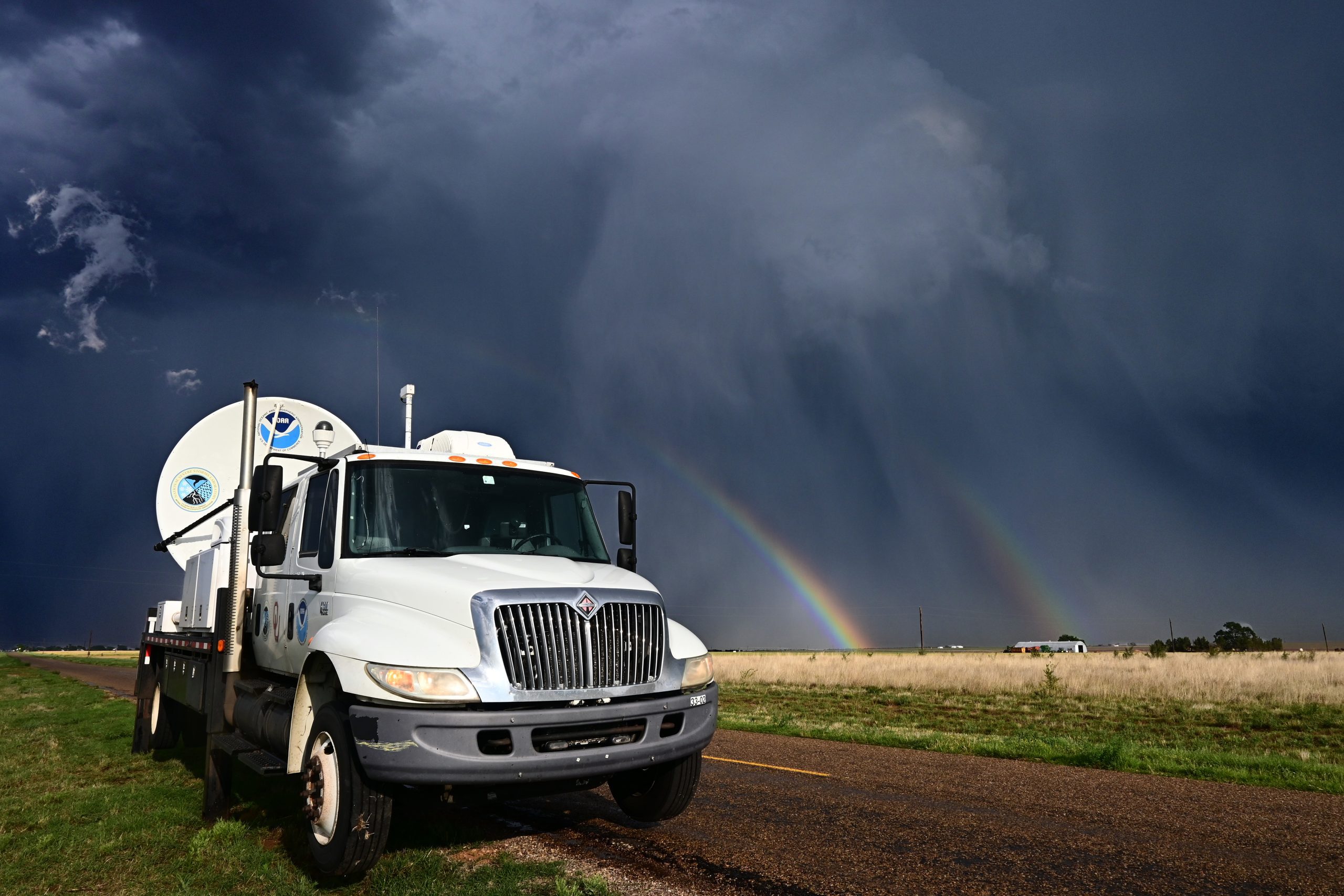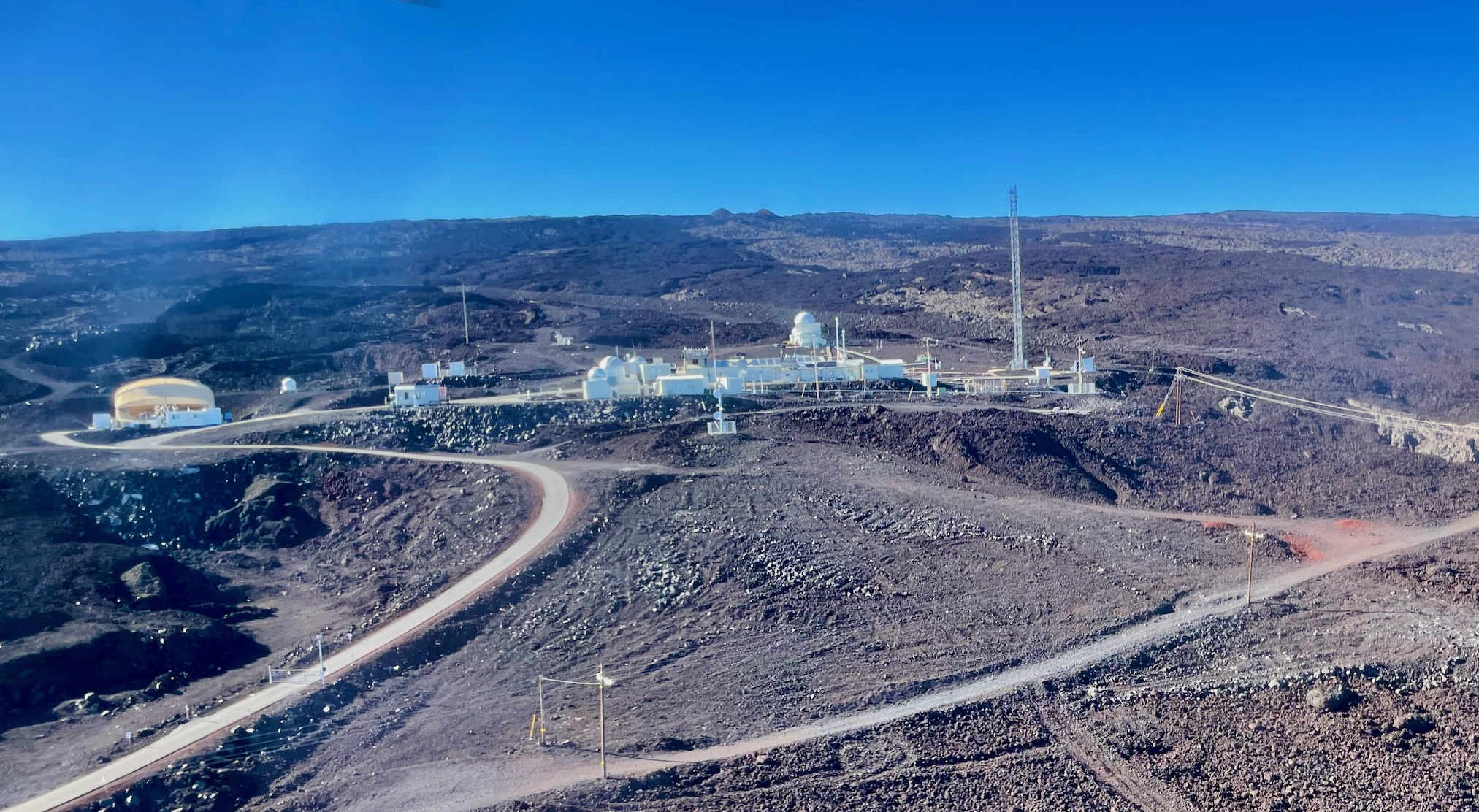In 2011, NOAA satellites were critical in the rescues of 207 people from life-threatening situations throughout the United States and its surrounding waters.
Scroll to Top
Popup Call to Action
A prompt with more information on your call to action.



